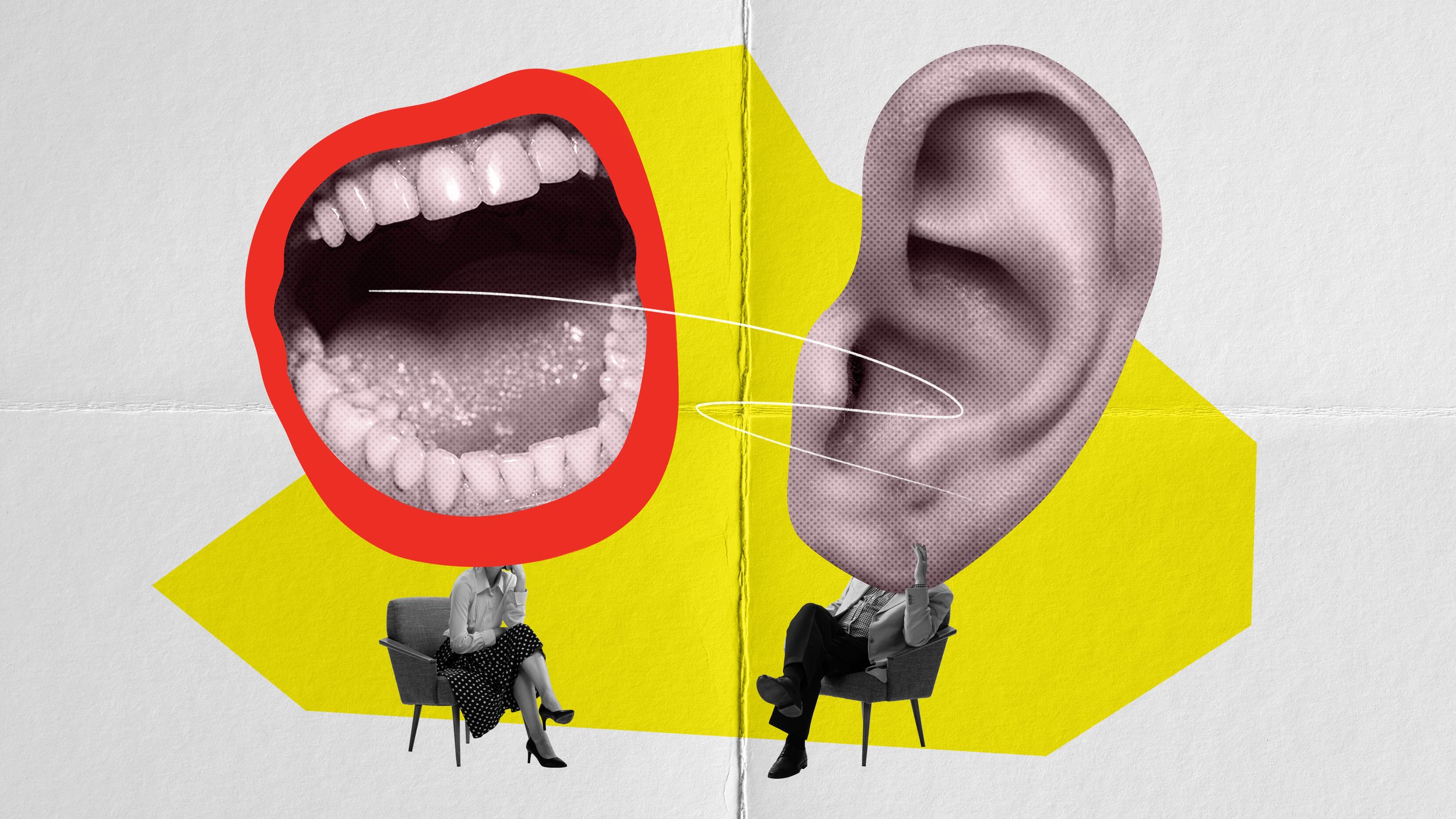Unraveling the Parallels: Design Thinking and Dyslexic Thinking
I have been a designer for over 25 years and have been navigating the world with Dyslexia all my life. Becoming a designer was really an easy choice for me. I always loved design problems, even in my youth. Building forts, creating art in all mediums, and even designing the best way to pass a test. Recently I have been looking for a change. The design industry has changed so much; my desire for more purpose and change filled my mind. My wife suggested that I take a coach training workshop. I thought that made a lot of sense. At the program’s end, I knew this was the right path. I thought to myself, what makes me a great coach and it hit me, I am a Design Thinker with Dyslexia.
Design thinking and dyslexic thinking, though seemingly unrelated, share striking similarities. Design thinking is a creative problem-solving approach designers and professionals from various fields use to address complex challenges. On the other hand, dyslexic thinking refers to the cognitive process of individuals with Dyslexia, a learning difference that affects reading and language processing. In this article, we will explore the unexpected connections between these two distinct ways of thinking and shed light on the unique strengths both approaches bring.
Embracing Ambiguity
One of the principles of design thinking is embracing ambiguity. In this process, designers welcome uncertainty and view it as an opportunity for innovation and exploration. Dyslexic thinkers also thrive in an environment that encourages open-ended problem-solving. Due to their unconventional thought patterns, dyslexics often find creative solutions to challenges that might seem insurmountable to others. Both design thinkers and dyslexics are willing to explore uncharted territories and see ambiguity as a catalyst for growth.
Empathy and Human-Centric Approach
Design thinking emphasizes empathy, where designers seek to understand the needs and experiences of the end-users before crafting solutions. Dyslexic thinkers, too, have a unique perspective on empathy. Having navigated the world with Dyslexia, they often possess an acute sensitivity to the struggles and perspectives of others. This heightened empathy allows them to design solutions that are more inclusive and accessible, benefiting a more comprehensive range of individuals.
Thinking Outside the Box
Design thinking promotes a “think outside the box” mentality, encouraging practitioners to break free from traditional paradigms and explore unconventional solutions. Dyslexic thinkers inherently embody this mindset. Their brains process information differently, enabling them to approach problems from unconventional angles and envision alternative pathways others may not consider. Both design and dyslexic thinkers are driven by a desire to challenge norms and create new possibilities.
Iterative Process
Design thinking revolves around an iterative process, where ideas are continuously refined and improved upon through multiple rounds of prototyping and testing. Similarly, dyslexic thinking often involves a trial-and-error approach to problem-solving. Individuals with Dyslexia may need to employ diverse strategies when reading or tackling tasks, iterating until they find a method that works best for them. This shared iterative process fosters resilience and a growth mindset in design thinkers and dyslexics.
5. Emphasis on Visualization
Visualization plays a crucial role in design thinking, with designers using sketches, diagrams, and prototypes to communicate and refine their ideas. For dyslexic thinkers, visualization also plays a significant role in comprehension and learning. They often excel in spatial thinking and can mentally visualize complex concepts, aiding them in grasping information that might be challenging to process through traditional reading methods.
Despite the apparent differences between design thinking and dyslexic thinking, they converge in their approach to problem-solving, empathy-driven methodologies, and unconventional perspectives. Both design thinkers and dyslexic individuals bring unique strengths to their respective domains, and recognizing the parallels between these two ways of thinking can lead to a more inclusive and innovative society.
By fostering an environment that celebrates diversity in thinking styles, we can unlock the full potential of design thinking and dyslexic thinking alike. Embracing ambiguity, empathizing with end-users, thinking outside the box, adopting an iterative process, and harnessing the power of visualization are essential principles that can be integrated into various aspects of life, benefiting individuals, businesses, and communities.
If you would like to experience working with a coach who uses Design Thinking with Dyslexic Thinking, make a no-strings appointment with Jason and get the conversation started.

